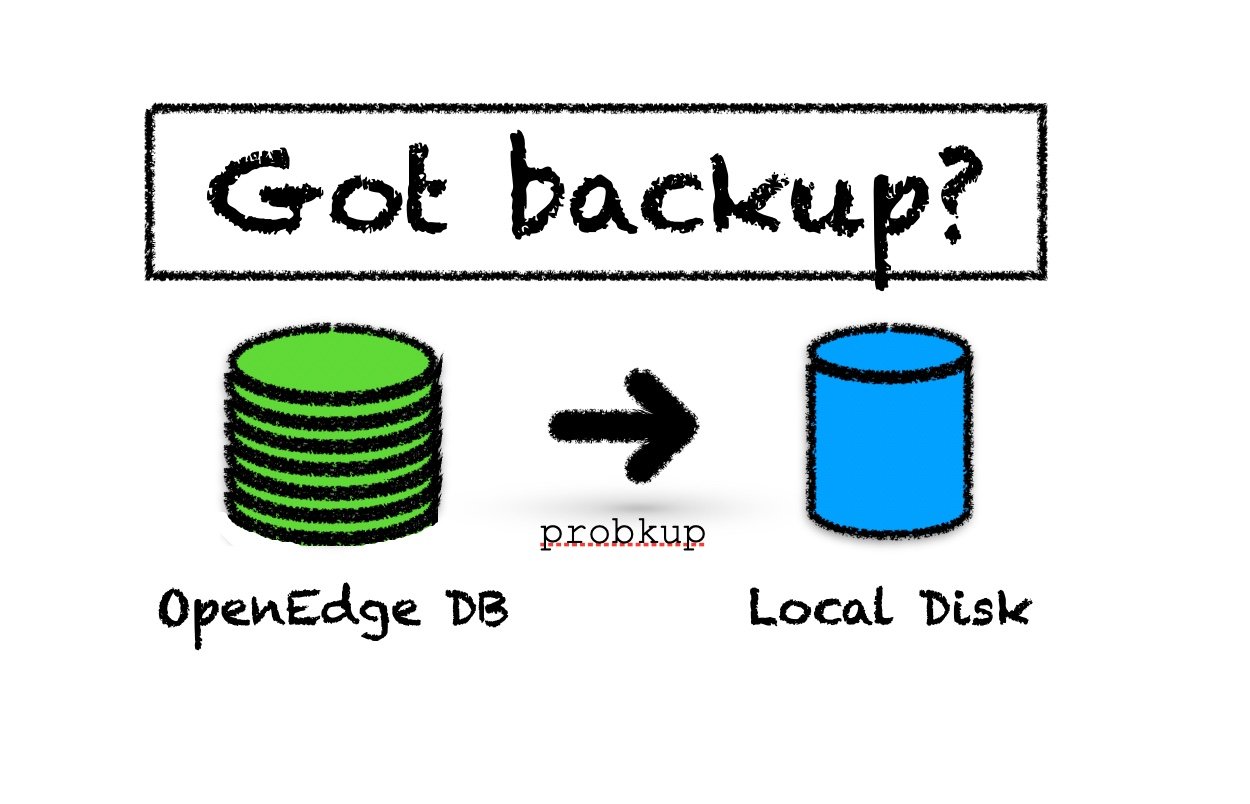Upgrading to OpenEdge 12? Be aware of this database issue.
Now is the time to upgrade to OpenEdge 12.8
If you haven’t already upgraded to OpenEdge 12.8, now is the time to plan and execute your upgrade. OpenEdge 11.7 will reach retired status on April 1, 2025. After that date, 11.7 will receive no more security or bug fixes, and Progress will provide a reduced level of support.










